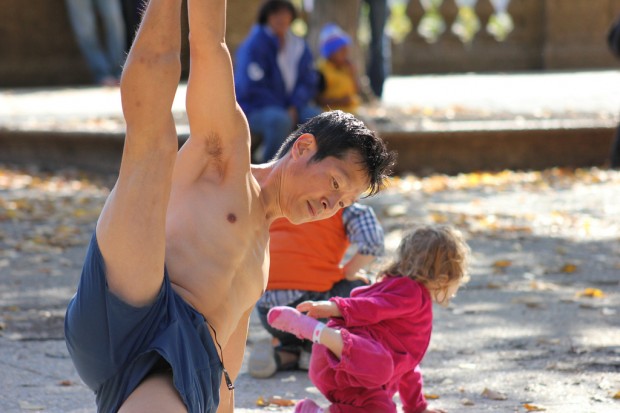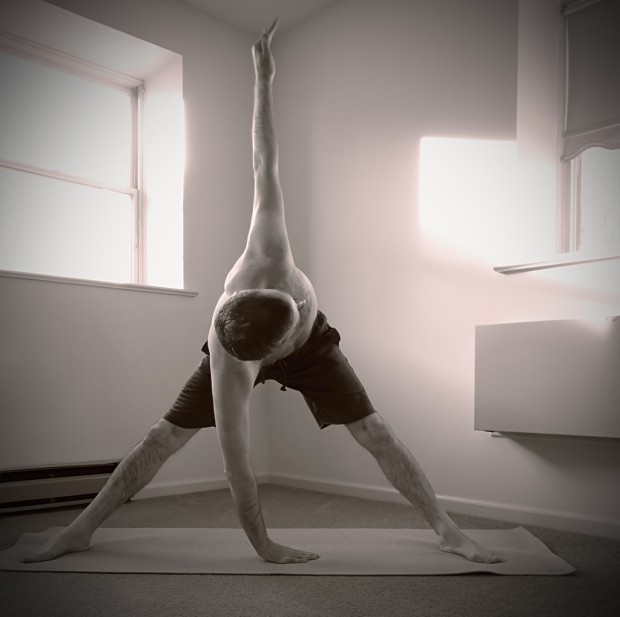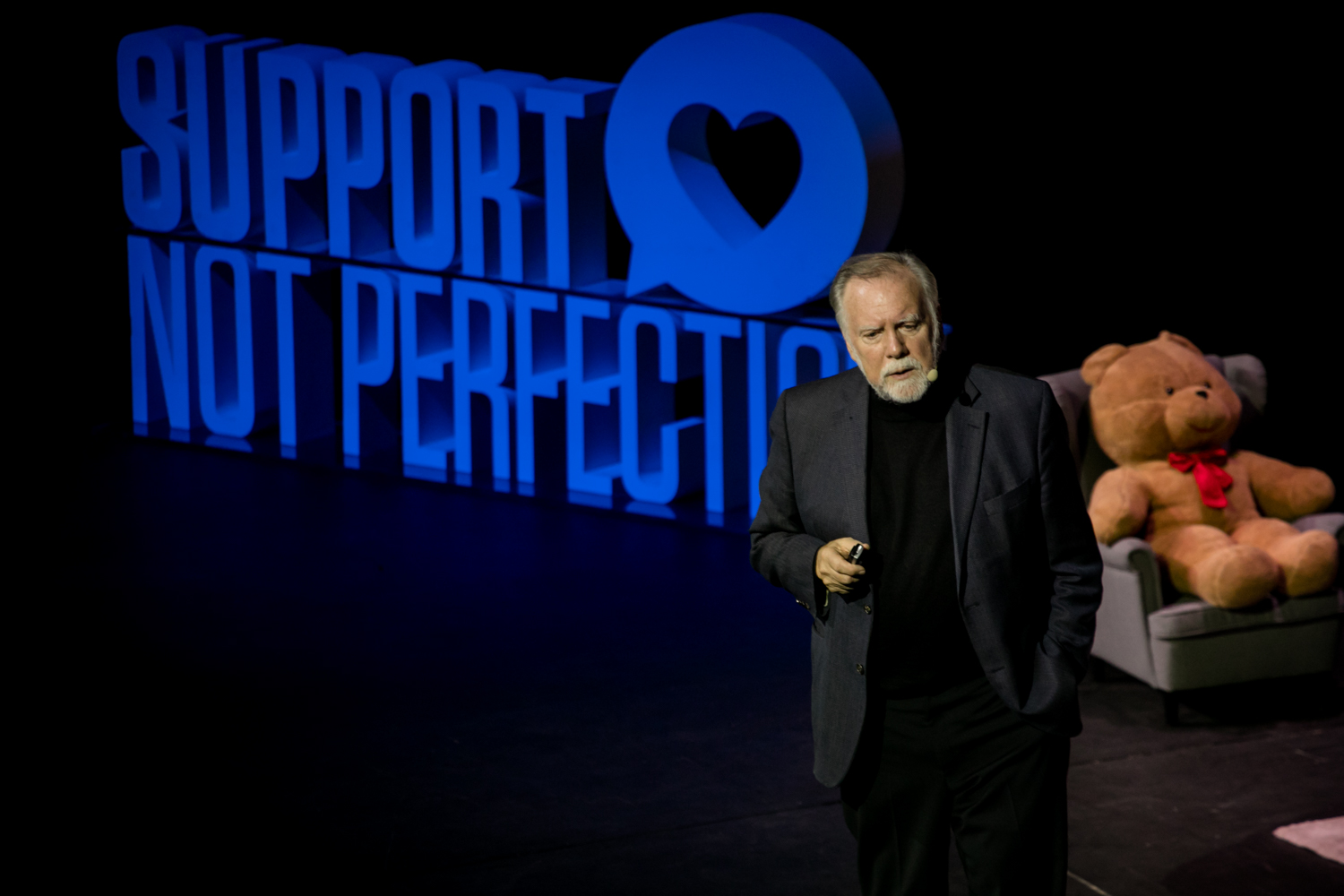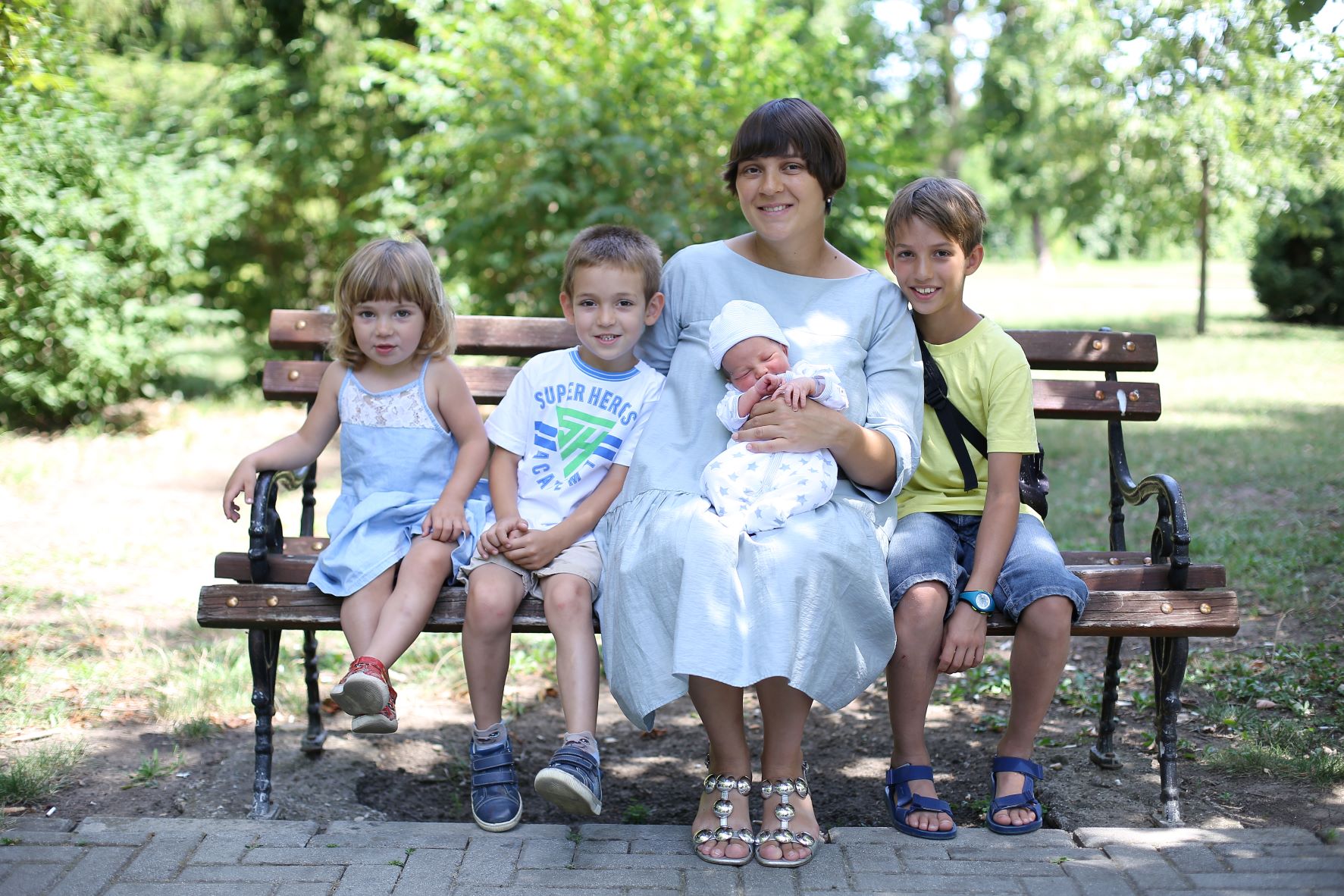We can learn a lot from professional athletes about motivation, skill and technique.
But there’s something they do before and after (and sometimes during) a game or match that is just as important as knowing how to play the sport: Stretching.
Why it’s important
Stretching is important for people of all ages to prevent injuries, improve athletic performance and encourage a healthy lifestyle.1 [tweet_quote]For children, stretching helps them increase their flexibility from a young age[/tweet_quote] (something that gets increasingly more difficult as they get older).
- Preventing injuries: Playing sports, running around outside or playing on a playground demand a level of physical activity that could cause injuries if children aren’t careful. Stretching prior to these activities will help them from pulling muscles and help their joints move through a full range of motion. Stretching will also help avoid stiffness after the activity.
- Improving performance: Stretching increases flexibility, allowing children to perform better in their athletic activities. Flexibility is extremely helpful for all sports, including gymnastics, tennis, swimming and soccer.
- Starting healthy habits young: When a child learns how to stretch from a young age, as they get older, they will learn to listen to their body more as they get older, recognizing aches and pains.

Yoga by Elvert Barnes | CC
Types of stretches
There are numerous stretches that are safe and suitable for children to do before an activity:2
- Shoulder blade stretch: Stand with arms outstretched and parallel to the ground. With thumbs pointing toward the ground, stretch arms back and try to touch your palms. Hold the position while breathing normally, release and repeat.
- Toe touch: Keep a flat back and bend at the waist. Touch your shins, then your toes, then the floor, which will help loosen hamstring muscles (in the back of the thighs).
- Quadriceps stretch: Stand near a wall for support, if needed. Bend your right knee back so the foot comes toward your bottom. Grab your right ankle with your right hand. Hold and repeat with your left leg.
- Calf Stretch: Stand by a wall and place both hands against the wall so arms are straight. Step your right foot back and bend your left knee, keeping your right leg straight and right heel on the floor. Keep your back straight and hips and toes pointing toward the wall. Switch legs and repeat.
- Tricep stretch: Raise your right arm straight up overhead with palm facing toward your head. Bend your help so your fingers touch the middle of your upper back. Grab your right elbow with your left hand and gently pull back until you feel the stretch. Switch arms and repeat.
- Butterfly stretch: In a seated position, place the soles of your feet together and hold them with your hands to form the butterfly „wings.“ Gently press your knees down to increase the stretch.
For more stretching ideas, enjoy this great video from the Jason Taylor Foundation:
Important tips
- Stretching should last around 5-10 minutes prior to athletic activities with each stretch being held for 10-30 seconds.
- Don’t reach a point in your stretches where you feel pain. Stretching should never be uncomfortable.
- Avoid bobbing during stretches, which could cause damage to muscle tissue.
- Stretch both sides to ensure equality in muscles.
- Stretch regularly to maintain flexibility.
- Remember to breathe.
[tweet_quote]The best part about stretching? No equipment required![/tweet_quote] Plus, your child will feel better and enjoy their activities even more.

















